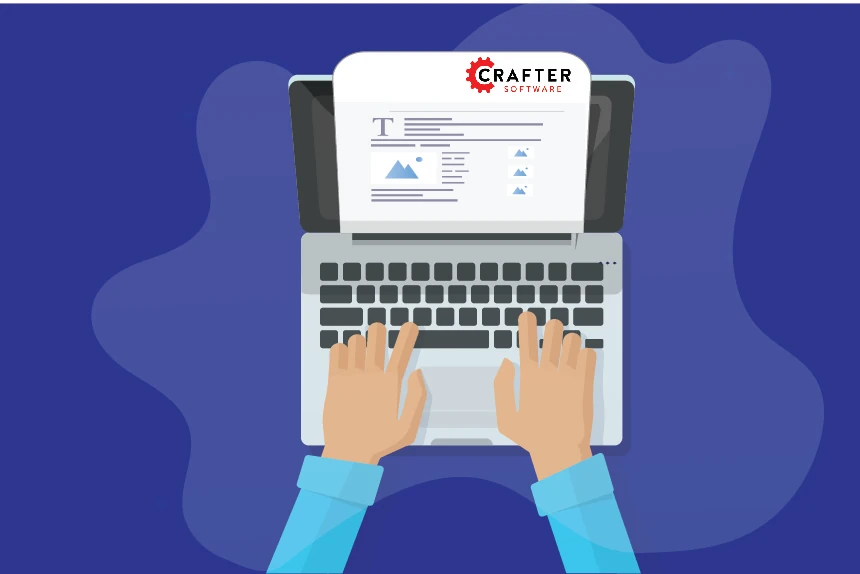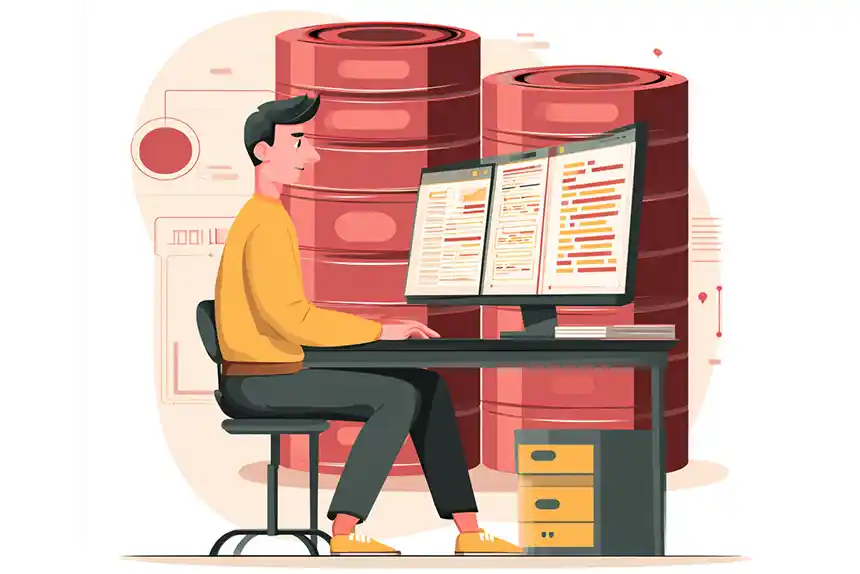Looking for Content as a Service? Don’t Forget the Content Authors

Sara Williams

The number of touchpoints where brands and their customers interact has exploded. From mobile apps to smartwatches, tablets, kiosks and more, there is an ever-increasing number of channels for organizations to contend with.
As the number of channels increases, there is also a growing demand for content to be delivered to them. According to Think with Google, there could be anywhere from 20 to 500 touchpoints in a customer journey. It ultimately depends on what is being purchased, but it showcases the sheer number of interactions brands have with customers.
However, delivering content to multiple devices and channels can be almost impossible without the right infrastructure in place. Usually, a traditional CMS would be used to manage content delivery for a company blog or website. But, with the number of channels now needing similar or in some cases vastly different content to complete the digital experience, organizations need another alternative. Enter Content as a Service via a Headless CMS.
What is Content as a Service?
Content as a Service (CaaS) allows enterprises to manage structured content in a format that various applications can consume. CaaS is enabled through headless CMS architectures.
Today, content needs to be delivered to multiple digital channels. Previously, that might have been limited to a primary website, but nowadays customers expect content to be available on mobile apps, kiosks, digital signs, smartwatches, tablets and, even in some cases, home appliances. Omnichannel content delivery is becoming a necessity since consumers use an average of six touchpoints when making a purchase.
With CaaS, enterprises have the help they need to manage their content and improve their flexibility, removing the limitations on how it can be displayed. Enterprises can no longer afford to have their content siloed in one or two channels if they want to provide their customers with the experiences they crave.
CaaS makes it possible to deliver content to multiple channels by separating content delivery from the backend. Instead of having content only published to a website, it can now be published to any frontend presentation layer with the help of content APIs.
CaaS and Headless CMS vs Traditional CMS
CaaS can deliver content to multiple channels, but they’re more underlying reasons why this makes it more appealing than the traditional or legacy CMS platform.
In a traditional CMS, content is tightly integrated to the CMS, and it acts as a one-stop solution for the storage and presentation of content. The problem with this is that a traditional CMS can only handle the needs of one channel at a time. If a marketing team wanted to publish content to a mobile device, they would need a completely separate CMS to handle that effectively.
On the other hand, a modern headless, CaaS solution will make use of both RESTful or GraphQL APIs to connect to separate frontends. Not only does this allow the content to be delivered to multiple channels, but it also makes updating that content much more straightforward, making the traditional CMS somewhat obsolete.
CaaS Benefits and Use Cases
There are several use cases and benefits for Content as a Service that brands seeking to deliver an omnichannel experience can enjoy.
- Multichannel Publishing: Mobile apps are only just the beginning. Tablets, kiosks, digital signage, e-commerce, multiple websites in various languages and more can now have content delivered to them using APIs.
- Reusable Content: As part of the omnichannel marketing efforts most brands undertake today, CaaS allows them to make use of content in more than one channel. Content may be centrally managed, easily edited and adapted to any type of delivery channel.
- Artificial Intelligence: Chatbots, Alexa devices, and the like have become a popular method for businesses to initially communicate with their customers on websites, apps and more. CaaS makes it possible to deliver content to these software apps and other smart, AI-enabled applications.
- Content Targeting and Personalization: Since CaaS makes it easier to manage content for multiple channels, brands can leverage the data they receive to gain deeper insights about their customers, target content and personalize the experience across all channels, providing better engagement.
Content Authoring Boosts Functionality
Content as a Service is perfect for delivering content to multiple channels, but it only solves part of the problem. Content delivery is fundamental to reaching audiences across various channels, but the content authoring experience is also key to ensuring that the content is high quality, engaging and personalized.
Many headless CaaS solutions leave the content authoring tools as an afterthought, compromising the overall effectiveness of the solution. As the transition to headless CMS began, the content authoring interface became an afterthought; they typically leave the “presentation” out of the authoring, providing content authors only with editing tools for presentation-less content. This makes sense for simple use cases, but for building content-rich engaging experiences across multiple channels, the content teams need more.
Content authors, editors, and publishers require a powerful and user-friendly content authoring system, including features such as drag/drop page building, in-context editing, WYSIWYG multi-channel preview, and rich metadata modeling. And given the unique demands of every organization, an API-first, content authoring platform is also required to fulfill the comprehensive CaaS needs of most enterprises.
Content Authoring and CaaS with CrafterCMS
CrafterCMS makes headless content management and CaaS easy for the entire organization since it empowers not only the developers with an API-first headless CMS for building multi-channel, high-performance software, but also the content editors working with content daily by providing them with powerful content authoring tools them to create high-quality, content-rich, personalized experiences across all digital channels.
CrafterCMS is built around a decoupled architecture, with content authoring decoupled from content delivery. This modern architecture provides extra performance, security, flexibility, and scalability for modern digital experiences.
Crafter Engine is the API-first headless content delivery system, providing Content as a Service via multiple APIs including REST, GraphQL, Javascript, and HTML-based templating. As a developer platform, Crafter Engine supports both client-side applications, as well as server-side rendered applications using Groovy, Nodejs, and Java.
Learn more about Crafter Engine by watching our webinar: Building SPAs with React, Headless CMS and GraphQL
Crafter Studio is the content authoring system that content teams use to create, edit, personalize, optimize, preview, approve, and publish content-rich end-user experiences. Crafter Studio provides a rich set of easy to use tools for content authoring teams, including drag and drop page building, in-context editing, multi-channel preview, meta-data modeling, content targeting and personalization, publishing workflows, translation integration, and more.
Moreover, Crafter Studio is an API-first, content authoring platform. This allows Crafter Studio to be extended with plugins to accommodate any content authoring requirement, including the ability to edit and preview content for any type of digital channel - present or future.
Content teams use Crafter Studio to create and manage content for any application, whether it be a modern enterprise website, mobile app, digital signage, Alexa devices, live video streaming event, e-commerce site, AR/VR experience, or a media channel that hasn’t been invented yet. Crafter Studio provides the tools to build these types of experiences and to preview them prior to publishing to see what they will look like on any digital channel or device.
With CrafterCMS, enterprises such as Marriott, Penn Mutual and MasterCard benefit from a headless CaaS platform that doesn’t leave the content authoring teams behind. Crafter Studio is an extensible, powerful content authoring platform that complements Crafter Engine’s scalable, high-performance content delivery capabilities.
Want to learn more about CrafterCMS’s capabilities? Download our White Paper: Building and Optimizing Multi-Channel Experiences.
Related Posts

How Should You Structure a Blog Post So AI Models Actually Cite It?

Amanda Jones

Publishing Content from Crafter Studio to External Systems and Databases

Sara Williams

Websites Are Dead?

Mike Vertal

No-Code Experience Building for Marketers & Designers

Amanda Lee










